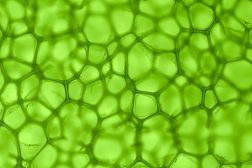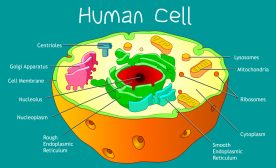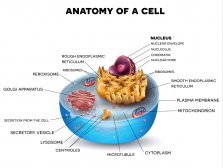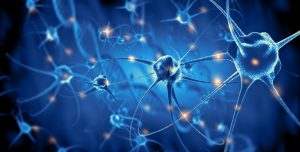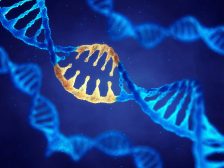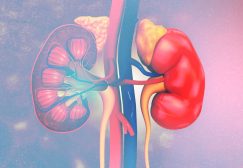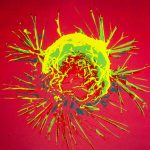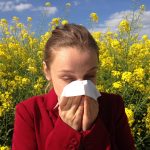Definition
noun, plural: plasma B cells
A large B lymphocyte that when exposed to antigen, produce, and secrete large amounts of antibodies for opsonisation and the destruction of microbes
Supplement
B lymphocytes are types of lymphocytes involved in the production of immunoglobulins, thus, in the humoral immune response of the adaptive immune system. There are many types of B lymphocytes (or B cells). One of them is the plasma B cells (or simply plasma cell). Others are memory B cells, B-1 cells, B-2 cells, marginal-zone B cells, and regulatory B cells.
B lymphocytes come from the bone marrow. They are, then, released into the blood and lymphatic system. The B cell that encounters an antigen endocytose the latter and process it into antigenic peptides. The B cell lodges the antigenic peptides on MHC class II molecule on its cell surface. Serving as a signal, the T-helper cell recognizes it and activates the antigen-presenting B cell to proliferate. The B cell, then, produce clones that eventually bear the same B cell receptors (BCRs) for that particular antigen. The clones mature in secondary lymphoid organs such as spleen and lymph nodes. Some of the clones would become plasma cells; others mature into memory B cells. Plasma cells are sometimes called ‘antibody factories’ because they produce large volume of antibodies. The antibodies they produce are involved in opsonisation, which enhances phagocytosis and the eventual destruction of the microbe.
A plasma cell has a large nucleus that is eccentrically positioned and heterochromatin in a clock face arrangement. t has large amounts of rough endoplasmic reticulum and a well-developed Golgi apparatus in the cytoplasm. These organelles are essentially for the production of antibodies.
Synonym(s):
- plasma cell
- plasmocyte
- plasmacyte
- effector B cell
See also:
